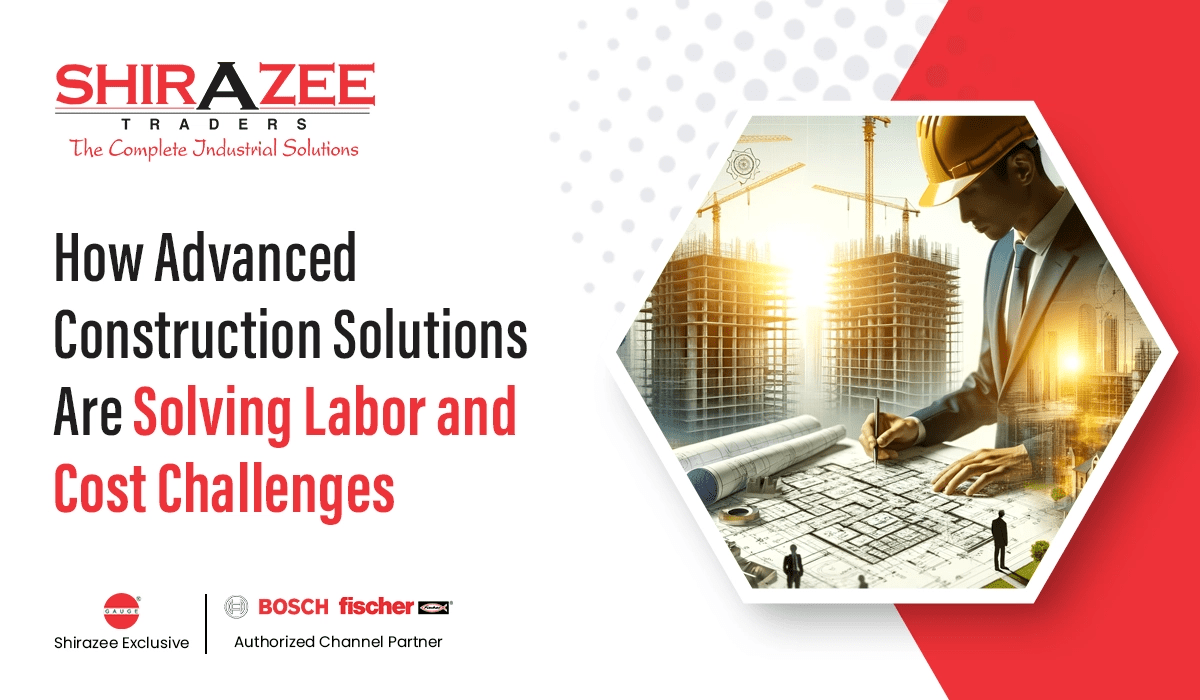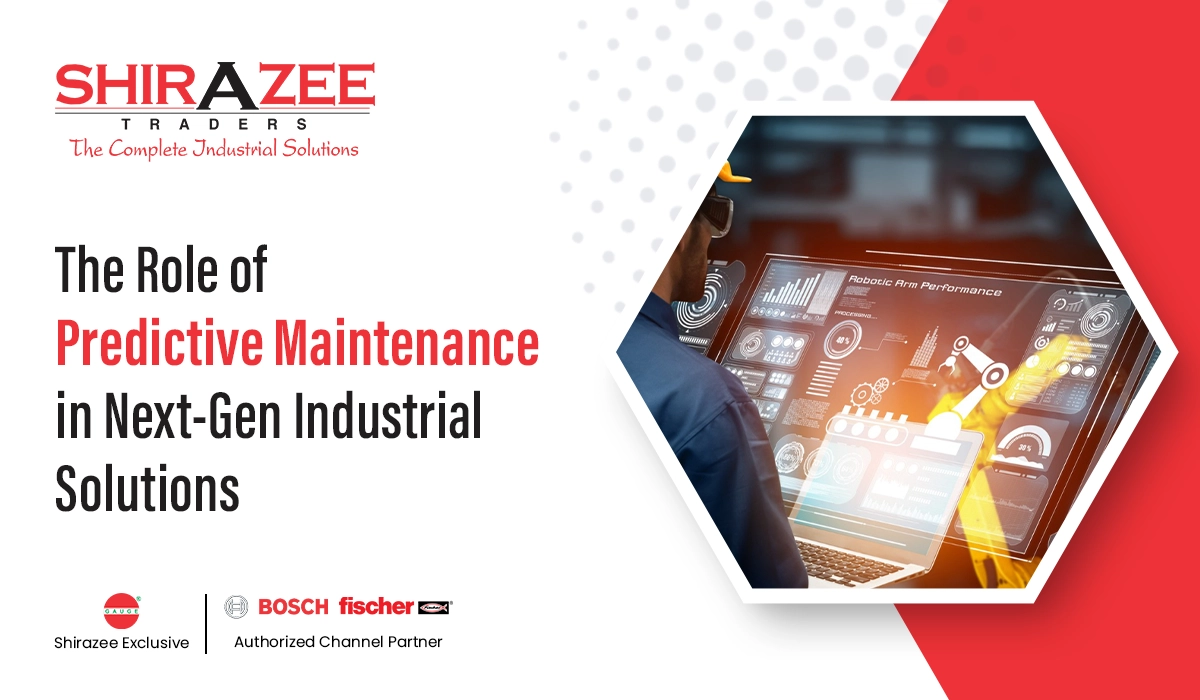
In the rapidly changing world of construction, one thing is clear that the industry is changing. As projects are beset by labor shortages and rising prices, a new wave of technology is emerging to provide much-needed respite. Automation and robotics are just two examples of the cutting-edge construction solutions that are assisting companies in reducing expenses, streamlining their operations, and—above all—lessening their reliance on limited labor. In this blog, we will explore how Building Information Modeling (BIM), 3D Printing, and AI-driven solutions pave the way for smarter, faster, and more cost-efficient construction.
The Challenge: Rising Labor Costs and Shortages
Construction is in a bind. On the one hand, demand for new projects has skyrocketed. Still, the industry is facing a significant shortage of skilled labour. Wages are increasing and projects are lagging behind as fewer labor becomes available. However, labor is only one factor in the equation. The fire is only fueled by the high cost of materials and inefficiencies on the job site. The true query is: how can building firms get beyond these growing obstacles without compromising on quality or taking shortcuts? The answer lies in advanced construction solutions that are revolutionizing the industry.
Innovations like Building Information Modeling (BIM), 3D printing, and AI-driven solutions are making the construction industry more efficient by lowering the need for human labor, lowering prices, and producing higher-quality products.
Advanced Construction Technologies and Solutions
-
Robotics and Automation in Construction
These days, construction sites are not as busy as they were before. Tasks that used to take hours or even days are now completed via automation and robotics. These technologies are capable of doing repetitive tasks like material transportation, welding, and bricklaying. Businesses reduce labor expenses and expedite project timeframes due to these advancements.
Automation reduces costly errors by ensuring everything is done correctly. Robotic welding arms can operate continuously without the possibility of human error, improving quality and reducing the need for repairs.
The use of AI-driven solutions in this space is also worth mentioning. AI helps robots learn and adapt on the go, making them smarter with each task. As these technologies continue to improve, they will only get more efficient, reducing labour costs even further while maintaining or improving quality.
-
3D Printing in Construction
Small prototypes or toys are typically what come to mind when we think of 3D printing, but this technology is revolutionizing the construction industry by enabling the production of custom building components, structures, and even entire homes in a fraction of the time required with conventional methods. On-demand, accurate fabrication at the project site is made possible by 3D printing, as opposed to transporting large materials that must be cut and corrected there. What does that signify? Reduced expenses and quicker construction—all while promoting sustainability.
3D printers may even optimize designs with the use of AI-driven solutions, guaranteeing that every item is as economical and effective as feasible. The ability to print a whole wall or floor in a matter of hours is becoming a reality and is influencing the direction of building, not science fiction.
The Role of Building Information Modeling (BIM)
Building Information Modeling (BIM) is the process of developing a digital construction project roadmap, whereas 3D printing concentrates on actual construction. From the foundation to the roof, the complete building project is visually represented by a complex 3D model called BIM. Building crews can view the project thanks to this digital model, which makes it easier to spot problems early on.
However, BIM serves as a hub for cooperation and is more than just a visual help. To make the required adjustments, several teams can work together in real time. By doing this, miscommunications are avoided, everyone is in agreement, projects are finished more quickly, more efficiently, and within budget.
BIM may now offer predictive analytics with the use of AI-driven solutions, enabling project managers to anticipate possible delays or cost overruns before they even occur. Teams will be able to use this data to make more informed decisions that will keep the project on track.
How Advanced Fasteners and Materials Play a Key Role!
If you don’t have high-quality materials, all of your advanced technology is null and void. Modern building materials and fasteners are useful in this situation. Compared to robotics and 3D printers, these instruments might appear insignificant. High-strength rivets, corrosion-resistant bolts, and self-tapping screws are examples of advanced fasteners that help speed up assembly.
What’s Next? The Future of Construction
The construction industry will only continue to advance in the future. AI-driven solutions will continue to save costs, expedite the building process, and enhance overall quality when integrated with technologies like BIM and 3D printing. More activities will probably be performed by machines as automation and robotics advance, which will help to reduce labor shortages and expenses.
In addition, sustainability will become increasingly important in future building projects. In keeping with the trend toward greener, more ecologically friendly materials, 3D printing will make it possible to use sustainable resources without sacrificing strength or durability. The days of expensive, inefficient construction will soon come to an end as the industry adopts new technologies.
Summing Up!
The construction industry is transforming. From AI-driven solutions to 3D Printing and Building Information Modeling (BIM), the technologies shaping the world are also solving some of the most pressing challenges: labour shortages and high costs. As these advanced solutions continue to develop, they offer construction companies a way to survive and thrive in an increasingly competitive and demanding market. Modern technologies that are assisting companies in adapting, expanding, and improving their construction look to have a promising future.







